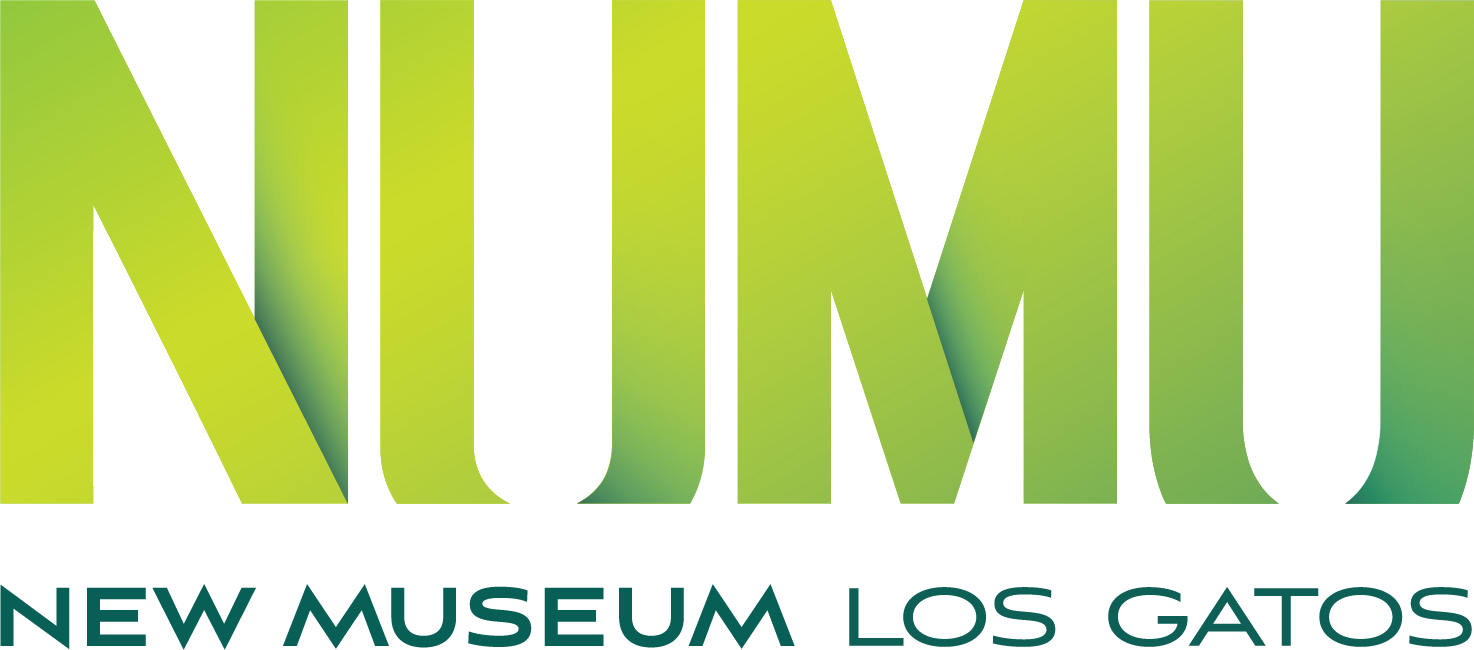Cement Prairie is an exhibition that explores the genesis, rollout and impact of the American Indian Relocation Program initiated by the US government in 1952. This significant yet little-known chapter in American Indian migration history will be viewed through a collection of personal stories, ephemera, primary source documents and support programming. The exhibition will focus specifically on the San Jose, California relocatee community and those who followed in their footsteps to the urban communities. The exhibit will examine the program’s successes and failures, the rise of Indian activism in the 1960s, and how today’s Pan-Indian community has adapted and preserves its native culture in the new “urban rez.”
In the 1950s, America’s general perceptions of Indians was formed by cultural and historical stereotypes of “the noble savage” wearing a feather headdress, living in a teepee, kidnapping women and children; or the Lone Ranger’s stoic sidekick Tonto, characterized in popular literature. While these indelible images permeated American culture, the reality presented a stark contrast. The Indian reservation system became another failed attempt by the U.S. government to solve the “Indian Problem,” and as a result, many Indians suffered in poverty and cultures began to erode.
In an attempt to address this problem, the US government created the Indian Urban Relocation Program in 1952 to move Native Americans to major metropolitan cities to improve the community’s standard of living. In its first phase, an estimated 100,000 Indians left their reservations and settled in cities across the U.S. Today, over 70 percent of Native Americans live in urban centers, marking a significant migration period that has forever changed the Native American community and culture.
“We are privileged to have this opportunity to work directly with our local Indian community and offer a forum where they can tell this little-known but important chapter in contemporary Native American history, “ said Amy Long, NUMU history curator.
“The San Jose Indian community has long-attempted to create a visual platform to tell this story. We are very excited to partner with NUMU to make this dream a reality, explains exhibition advisor, Al Cross, Mandan/Hidatsa/Arikara, North Dakota.
In conjunction with this exhibition, NUMU is proud to present, Back From Extinction, an exhibition that focuses on the San Francisco Bay Area Native Indian tribe, the Muwekma Ohlone, and its struggle to gain federal recognition and its efforts to counter the myth of its extinction.
Cement Prairie is supported in part by San Jose State University’s Anthropology Department, the Muwekma Ohlone tribe, the National Archives, The Bancroft Library, the Indian Health Center, Bay Area photographer, Ilka Hartmann, and notable Bay Area American Indian community members.
The Oral Histories of members of the San Jose American Indian community are recorded here. Courtesy of a collaboration with San Jose State University.

